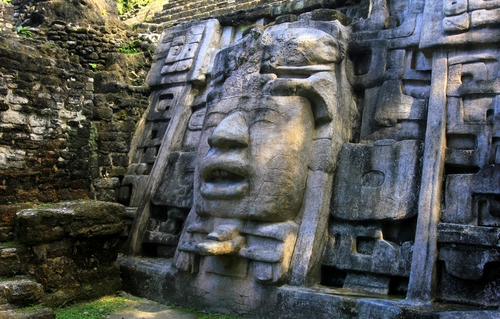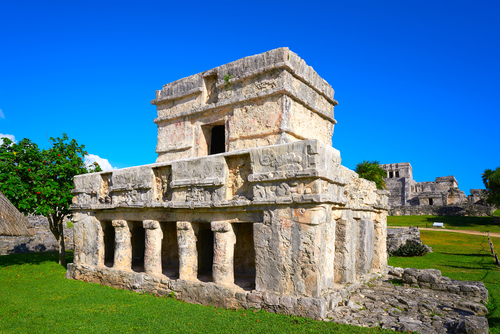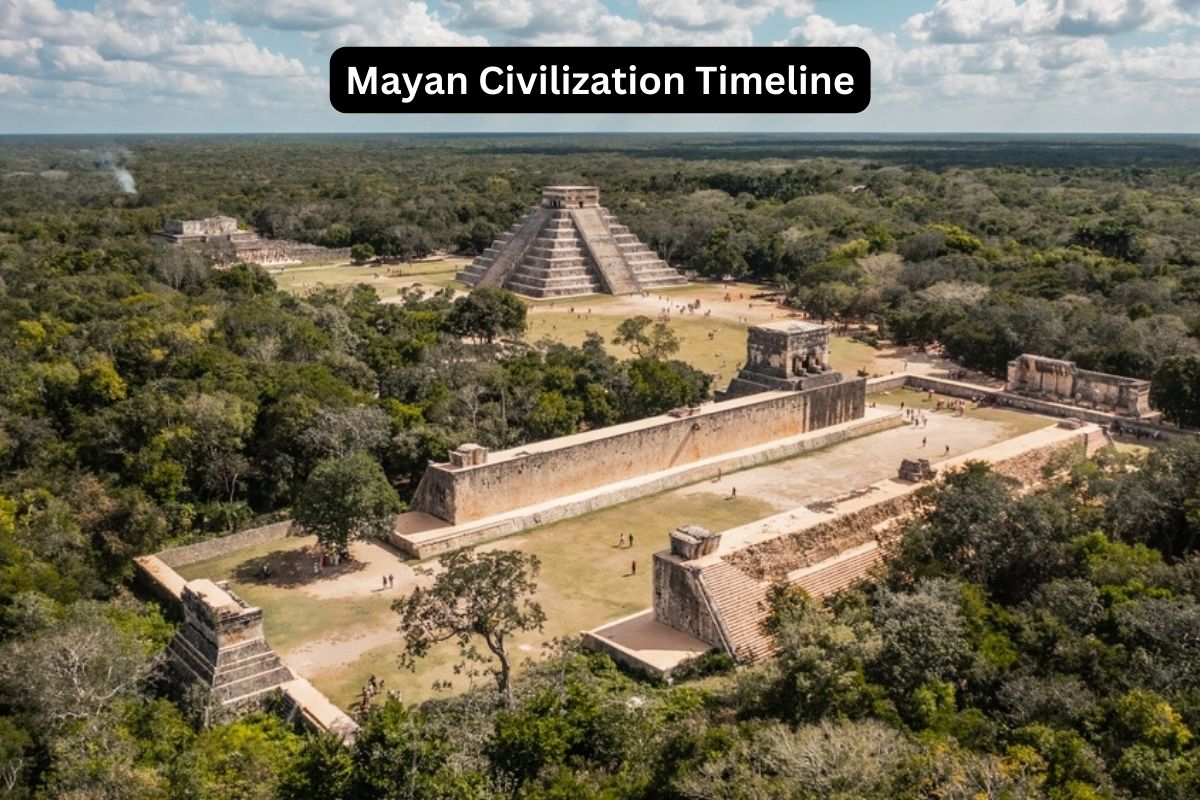The Maya civilization was one of the most dominant indigenous societies of Mesoamerica (a region extending from central Mexico through Central America).
They thrived for more than 2,000 years, from as early as 2000 BCE to the arrival of the Spanish in the 17th century CE.
The Mayans are well known for their accomplishments in writing, mathematics, astronomy, art, and architecture.
They developed the only known fully developed written language of the pre-Columbian Americas, along with detailed calendar systems and impressive architectural structures.
Their cultural influence is still palpable today, especially in regions of Guatemala, Mexico, and Belize, where descendants of the Mayans still live, keeping many aspects of the ancient culture alive.
| Period | Timeframe | Details |
|---|---|---|
| Early Preclassic | 2000 BCE – 1000 BCE | Earliest Mayan settlements, maize cultivation, formation of first small villages. |
| Middle Preclassic | 1000 BCE – 300 BCE | Development of large-scale ceremonial architecture, beginning of written records. |
| Late Preclassic | 300 BCE – 250 CE | Flourishing of Mayan cities, significant growth in population, architecture, and cultural activities. |
| Early Classic | 250 CE – 600 CE | Period of great city-states. Cities like Tikal, Palenque, and Copán became influential. |
| Late Classic | 600 CE – 900 CE | Peak of civilization with elaborate construction projects, complex societal hierarchy, and eventual decline of many great cities. |
| Early Postclassic | 900 CE – 1200 CE | Power shift to northern cities like Chichén Itzá, Uxmal, and Mayapán. Increased militarism and trade. |
| Late Postclassic | 1200 CE – 1697 CE | Final phase of the Mayan civilization. Fall of Mayapán due to conflicts. Spanish conquest in the 17th century. |
Timeline of the Mayans
Early Preclassic (2000 BCE – 1000 BCE) – Formation of earliest Mayan settlements and small villages
This is the phase when the earliest Mayan settlements were formed. The Mayan peoples began to cultivate maize, a crop that would become central to their economy and way of life.
Also Read: Mayan Accomplishments
Society at this time was primarily agrarian, and the first small villages were formed.
Over time, these villages gradually grew in size and complexity, setting the foundation for the great Mayan cities that would emerge in later centuries.

Middle Preclassic (1000 BCE – 300 BCE) – Development of large-scale ceremonial architecture and beginning of written records
During the Middle Preclassic period, the Mayans began to construct large-scale ceremonial architecture, such as pyramids and temples. This is a testament to the growing complexity and sophistication of their society.
Also Read: Incas Facts
The beginnings of the Mayan writing system also appeared during this time. The earliest known Mayan text dates to the 3rd century BCE, and the system would evolve into one of the most complex writing systems in the ancient world.
Late Preclassic (300 BCE – 250 CE) – Flourishing of Mayan cities with significant growth in population, architecture, and cultural activities
The Late Preclassic period saw a significant flourishing of the Mayan civilization. Mayan cities started to grow in size and influence, and the population began to increase.
Architectural and cultural activities expanded, with cities developing advanced infrastructure and art.
It was also during this period that the long count calendar was likely finalized, which would later become famous for its supposed prediction of the end of the world in 2012.
Despite this period’s advancements, there were also signs of social strife and conflict, likely due to increased competition among cities and elites.
Early Classic (250 CE – 600 CE) – Period of great city-states with cities like Tikal, Palenque, and Copán becoming influential
This period is often considered the golden age of the Mayan civilization. It was characterized by the rise of great city-states like Tikal, Palenque, and Copán. These city-states became the major political, religious, and cultural centers of the Mayan world.
The period saw considerable advancements in art, architecture, and astronomy. There was a sophisticated system of writing, and the development of complex mathematical and astronomical systems.
Also, the political system evolved, with each city-state being ruled by a king supported by a noble class.

Late Classic (600 CE – 900 CE) – Peak of civilization with elaborate construction projects, complex societal hierarchy, and eventual decline of many great cities
The Late Classic period marks the peak of the Mayan civilization. The cities grew even larger and more complex, and construction projects became more ambitious, resulting in the grand temples and pyramids we associate with the Mayans today.
The societal hierarchy also became more complex, with a highly stratified society and a powerful ruling elite.
However, towards the end of this period, many of the great Mayan cities began to decline for reasons that are still debated, though overpopulation, warfare, and environmental changes are frequently cited.
Early Postclassic (900 CE – 1200 CE) – Power shift to northern cities like Chichén Itzá, Uxmal, and Mayapán
Following the decline of the Southern Lowland cities, the power in the Mayan world shifted to the Northern cities such as Chichén Itzá, Uxmal, and Mayapán. There was increased militarism during this time, likely due to societal unrest and conflict.
Trade networks also became more complex and far-reaching, connecting the Mayan civilization with other Mesoamerican cultures.
Despite the societal upheaval, the Mayans still achieved considerable accomplishments in art, architecture, and literature during this period.
Late Postclassic (1200 CE – 1697 CE) – Final phase of the Mayan civilization with the fall of Mayapán due to conflicts and the Spanish conquest
The Late Postclassic period was the final phase of the Mayan civilization before the arrival of the Spanish. During this period, Mayapán emerged as a dominant power but fell due to internal conflicts. In the aftermath, the region broke into rival city-states.
When the Spanish arrived in the early 16th century, they gradually conquered the fragmented Mayan states.
The last independent Mayan city, Nojpetén, fell to the Spanish in 1697, marking the end of the independent Mayan civilization. However, Mayan communities continued to exist and maintain aspects of their culture, which remain vibrant and significant to this day.
